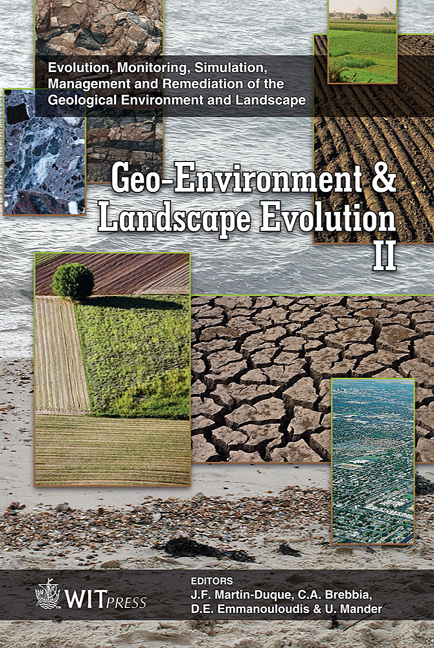Rapid Mapping With Remote Sensing Data During Flooding 2005 In Switzerland By Object-based Methods: A Case Study
Price
Free (open access)
Transaction
Volume
89
Pages
10
Published
2006
Size
2,230 kb
Paper DOI
10.2495/GEO060391
Copyright
WIT Press
Author(s)
Y. A. Buehler, T. W. Kellenberger, D. Small & K. I. Itten
Abstract
Rapid mapping and monitoring with remote sensing techniques is an important source of information for decision-makers faced with large scaled disasters. In August 2005 several regions in central Switzerland were affected by severe flooding. The \“National Emergency Operations Centre” (NEOC) of Switzerland invoked the International Charter on \“Space and Major Disasters”, requesting support by remote-sensing data for disaster-management. In this paper, a SPOT-5 and a RADARSAT-1 satellite-scene acquired a few days after the flood-peak are described and processed to map the affected area with object-based methods. The main difficulties with optical images are the small extent of the Swiss landscape, the large height-differences in the relief, shadows, clouds and snow covered areas. Comparing different approaches, it was found that beside the NIR and SWIR band the application of a DEM and a VISNIR water index showed the most promising results for a fast discrimination of the affected areas. The objectbased classification is mainly dependent on threshold-values and Boolean operators. As investigations show, the spatial resolution of the acquired radar dataset in this case is not sufficient to map the affected areas. The results of the classification based on SPOT-5 scenes are up-to-date maps of flooded areas. We show that maps for decision-makers can be produced using auxiliary topographical and land use data. Aerial infrared images acquired from SWISSTOPO after the flooding were used to test the accuracy of the result. Procedures for rapid mapping applications in future disaster cases are discussed. Keywords: rapid mapping, flooding, disaster response, international charter on space and major disasters, natural hazards, object-based classification.
Keywords
rapid mapping, flooding, disaster response, international charter on space and major disasters, natural hazards, object-based classification.





